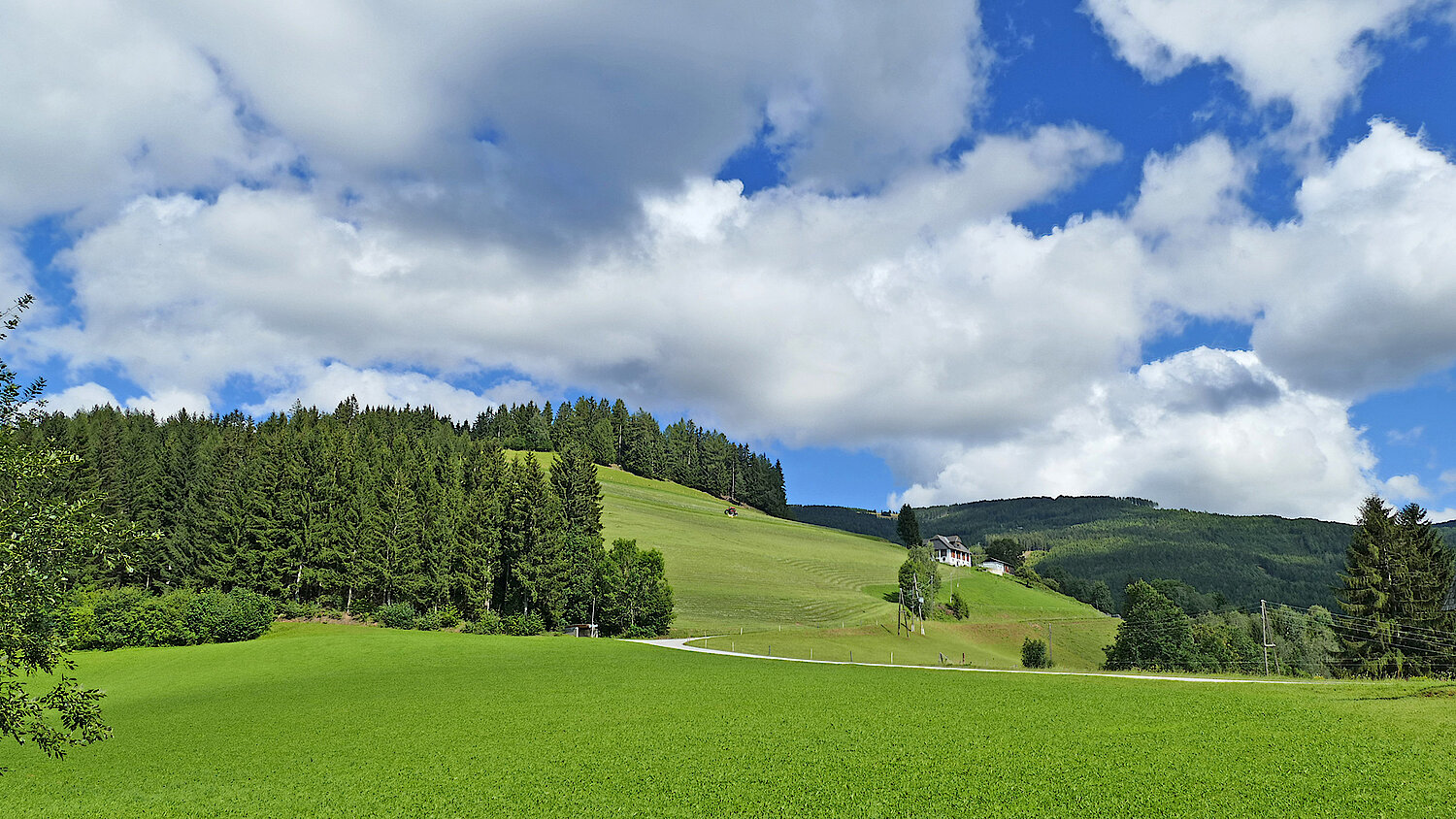Interconnected habitats on the Green Belt
Eight countries, one goal: Biodiversity united on the Green Belt

In the Dare to Connect project, experts from the Danube region have developed strategies over the past three years to better connect protected areas and habitats on the Green Belt. At the virtual closing conference on 10 November, the eleven project partners, including the Environment Agency Austria and University of Vienna, signed a declaration reaffirming their commitment to the preservation of the European Green Belt. The signing parties encourage the governments of the Green Belt countries to include the European Green Belt in their spatial development plans and to create an appropriate economic framework for the preservation of habitats.
For this purpose, “Areas of Action” have been defined, sections of the Green Belt that are particularly important for connecting existing protected areas and for the people of the region. These sections have been designated in the categories 'safeguard' and 'restore'. A total of 15 Green Belt Action Areas have been identified in the Danube region, of which eleven need to be safeguarded and four need to be restored. They are available as maps and can be download.
Areas of action in Austria
In Austria, the experts identified three areas of action in the border area of Austria, the Czech Republic and Slovakia. Two of the 'safeguard' areas are located between the Šumava protected areas in the south-west of the Czech Republic, the Gratzener Bergland on the Czech-Austrian border and the Waldviertel in the east. These action areas consist mainly of particularly valuable grassland and similar forests. In order to secure their long-term functions, it is necessary to strengthen nature and landscape protection measures that promote the networking of near-natural meadows. The same applies to the action area between the Weinviertel and South Moravia, which is used intensively for agriculture and is already highly fragmented in both Austria and the Czech Republic. Only small cultural landscapes close to nature are protected here and have the potential to become a multifunctional ecological corridor. The area of action was therefore classified as 'restore'.
The European BEST Belt Fund creates new opportunities for funding small-scale projects along the Green Belt. It was initiated by the Dare To Connect project, among others.
Merge what belongs together
Europe’s Green Belt connects valuable, protected natural areas that have been preserved or developed in the area of the former 'Iron Curtain'. These areas form the backbone of the trans-euroe nature network. The measures developed in Dare to Connect can significantly improve the consistency between protected areas. They range from the development of inter-farm regional nature conservation plans to support for sustainable agriculture to increased transnational cooperation to protect the Green Belt. For this protection to work without borders, a common European protection strategy is needed. Dare To Connect has laid important foundations for this and demonstrated how to strengthen Europe’s green backbone.
Dare To Connect was funded by the EU-Interreg Danube Region Programme and managed by the BUND Naturschutz in Bavaria. In Austria, the Federal Environment Agency, the University of Vienna and the Nature Conservation Association took part in the project.

